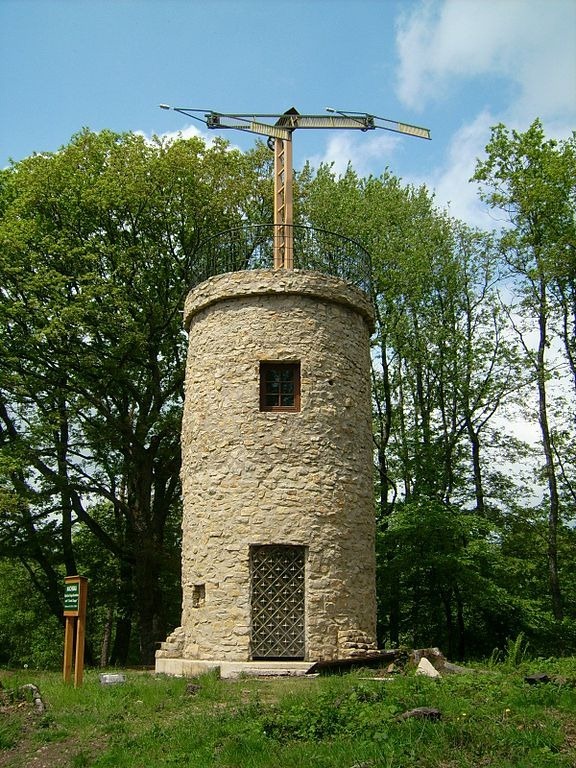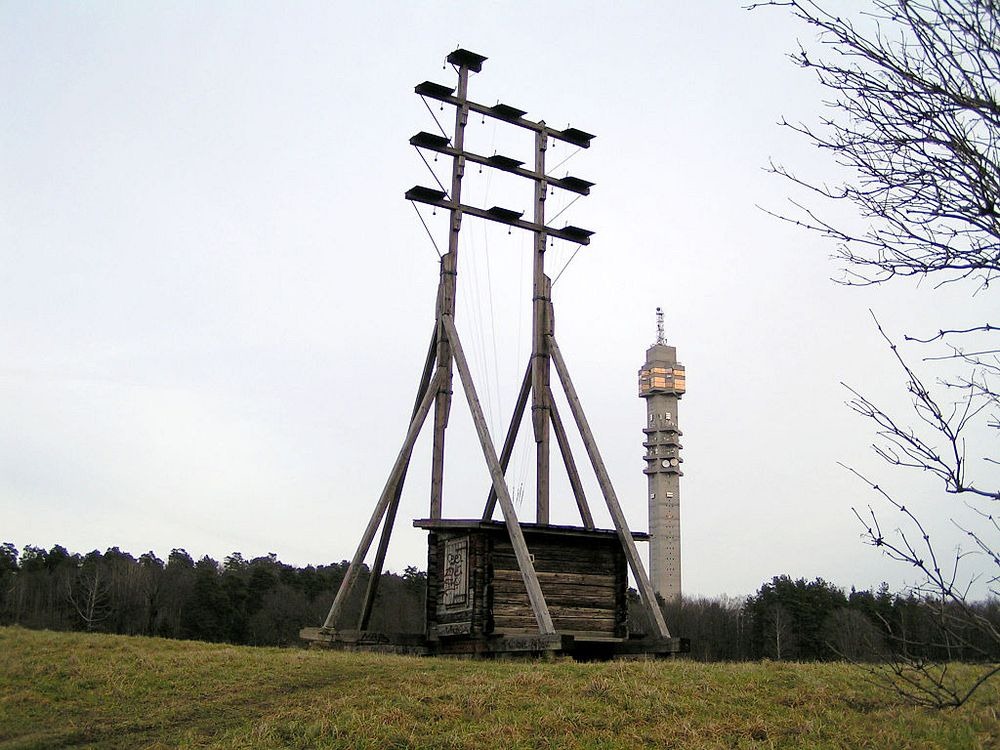Smoke signals and beacons have been used to relay messages over short distances since ancient times, but the only reliable way to send messages over long distances was to dispatch a horse-riding messenger or a homing pigeon —until the arrival of the electrical telegraph. But fifty years before dots and dashes killed the messenger, for a brief period, there was another kind of telegraph in Europe —the optical variety, based on the same principle of flag waving that the Navy still use today. It was called the semaphore, and relics of this amazingly efficient 19th century network can still be found around Europe.
The semaphore was the first successful and large-scale communication network that allowed transmission of messages faster than horse-riding messengers could carry. Indeed, the very word “telegraph”, which means distance writing, in Greek, was coined to describe this nationwide network of semaphore.

The semaphore came into being during the summer of 1790, when France was at the brink of a revolution. This was a period of considerable unrest. People were rioting in the streets, and the monarch was at war with several of its neighbors. A system was needed that would allow the French government to send and receive intelligence in the shortest time possible. To the rescue came Claude Chappe, and his four unemployed brothers.
The Claude brothers’ system consisted of a series of towers placed no more than 20 miles apart. Each tower was topped by an apparatus consisting of two movable wooden arms connected by a crossbar. By moving the arms and crossbar to different positions and angles, the tower operator could make a total of 196 different symbols, which were observed by the operator of the next tower with a telescope. He then made the same signals for the next tower to pick up, and in this way, the message was transmitted from tower to tower.
The operators were required to check their neighboring stations every few minutes for new signals and reproduce them as quickly as possible by turning levers and gears. He also had to make sure that the next tower inline had picked up the signal correctly, and set an error flag if it failed to do so. It was a tiring and laborious job, and operators had their pay docked for delays.
From our partners:

Unlike the chart above, most messages were encrypted and the operators didn’t know what each symbol meant. Their job was only to transmit what they saw to the next station down the line. To translate the symbols into words, one needed a code book, and that was a closely guarded military secret.
Providing that the visibility was good, a skilled operator could send three symbols in a minute. A single symbol sent from Paris would arrive at Lille, a distance of about 200 km, in just nine minutes. A complete message consisting of more than thirty symbols took just over half an hour. In August 1794, the semaphore system delivered to Paris the message of the capture of Condé-sur-l’Escaut from the Austrians in less than an hour after it occurred.
[infobox]The success of the semaphore led to more semaphore telegraph lines to be built across France, and similar networks sprang up throughout Europe, particularly in Sweden and the United Kingdom. At its most extensive, the network comprised of 556 stations covering more than 4,800 km.
[/infobox]The semaphores were so successful that the French government initially rejected Samuel Morse’s electrical telegraph. The semaphore telegraph remained operational in France until 1852. The last semaphore station to go out of service was in Sweden in 1880.



This feature originally appeared in Amusing Planet.















